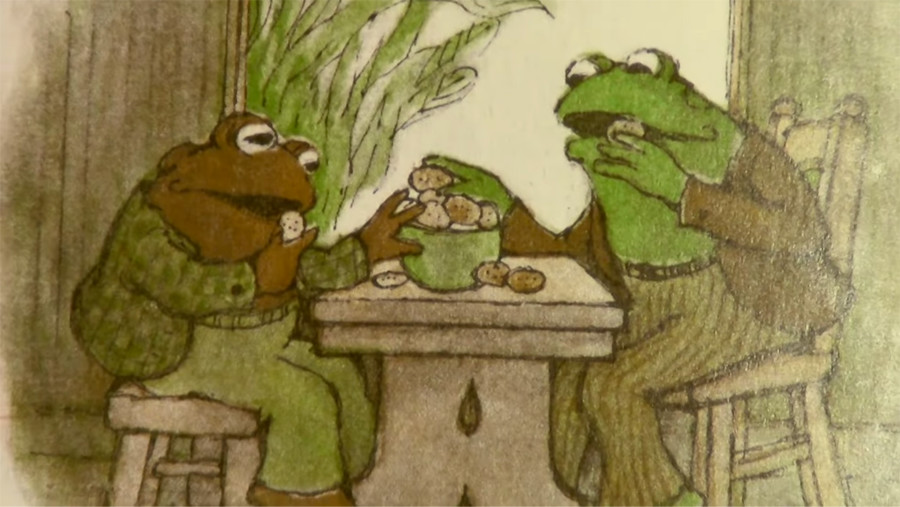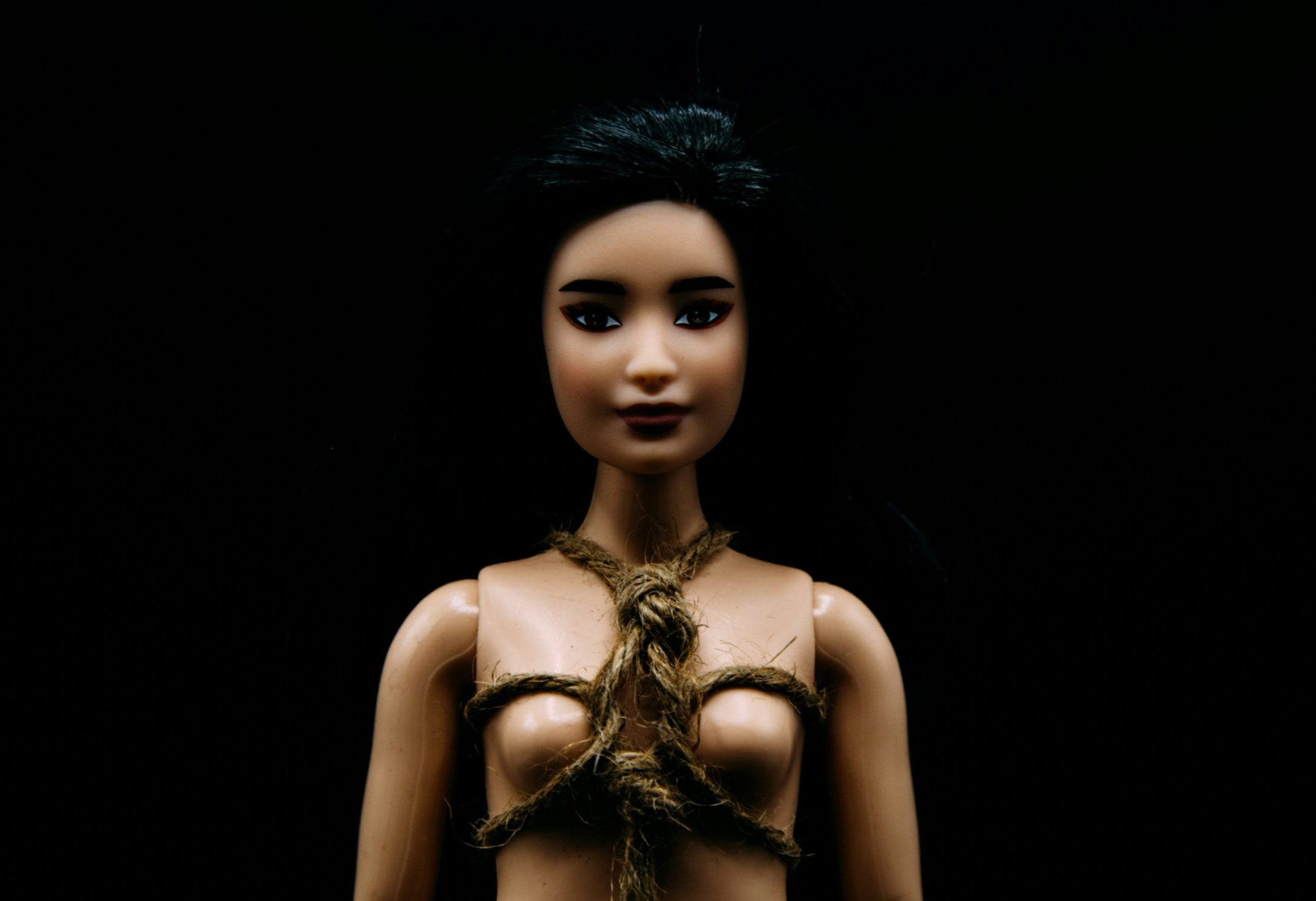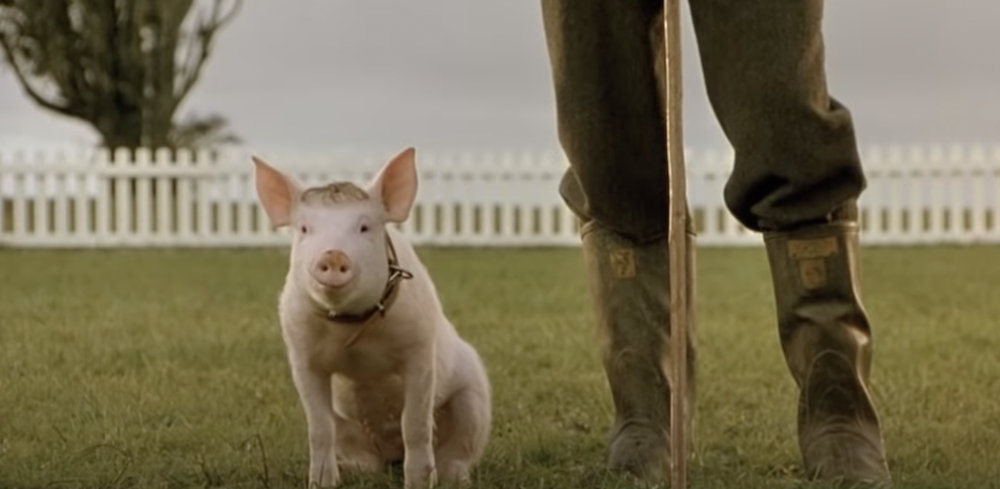Books & Culture
Frog and Toad Are Queer Relationship Goals
The beloved characters are good role models for children, but they’re also the model of queer partnership I still need as an adult

“You remind me so much of Toad,” my partner says one day as I’m lying on the couch, refusing to go outside.
“I remind you of a toad?” I ask, aghast.
“No, of Toad, like Frog and Toad.”
I wish for a second that I could lick my eyes, just to freak him out, just to make him watch what he says. I’m not familiar with Frog and Toad, though I know he’s referenced this children’s book before and that it probably isn’t an insult. I’m too tired to investigate further and anyway, I’d really rather get back to the comic book I’m reading. So, I settle back on the couch as he goes outside to rake leaves.
Six months later when my partner’s parents tell us they are going to play a recording of a Frog and Toad story, “Cookies,” for their gathered children and their partners, I do my best not to roll my eyes. My partner grew up on Arnold Lobel’s sweet stories about these two amphibians and the last thing I want to do is spoil that, but while he was learning about sharing and playing from an orange toad and a green frog, I was watching Showgirls. Let’s just say our parents had very different ideas of what a kid needed to be successful in the world—and very different means to bring about that success.
The second I hear about Toad’s cookies and Frog’s mechanisms for cultivating willpower, I realize three things. First, I love them so much I could weep. Second, he was right; I am just like Toad. (And not only because I love cookies.) And finally, they’re obviously a queer couple. They made me feel understood not just as a person, but as a queer person in love.
They made me feel understood not just as a person, but as a queer person in love.
The Frog and Toad stories, collected in four volumes, follow the adventures of two dandy amphibians. Within the narrative, the relationship between Frog and Toad isn’t explicitly presented as romantic and since they neither kiss nor share a household, many children (and adults, no shade) might not pick up on the romantic element. But I’m not just projecting onto these tweed-jacketed queerdos. Author Lobel came out four years after the books did, and his daughter, Adrienne Lobel, has speculated that the stories represented Lobel peeking his head out of the closet door. Though Lobel never explicitly stated that Frog and Toad are queer, it’s safe to say that had the books been created and published in a different time and place, that truth would be unquestionable.
One of the most challenging parts of being queer is not having a lot of queer couple role models around. Many queer people are born into straight households and grow up without an example of what queer love and commitment can look like. What my partner and I have found, though, is that in the pages of Lobel’s queer love story, there is a blueprint for how to live and thrive as a queer couple. The beloved characters are good role models for children in any number of ways, demonstrating positive ways of coping with anxiety, frustration, and boredom. But having discovered them as an adult, I’ve also realized that they’re the model of a queer relationship I always needed.
Toad is grumpy, short (in stature and temper), playful, and frequently contrarian. Frog is agreeable, clever, thoughtful, and rarely without a plan. Together, they care for one another, explore their world, and treat each other’s vulnerability with tender love and respect.
When Toad loses a button and makes Frog spend a whole day looking for it, only to find it back at home, he takes all the wrong buttons they found that day and sews them onto his jacket, which he then gives to Frog. Frog sends Toad a letter in the mail to cheer him up and then sits with him for days until the random snail Frog gave his letter to delivers it. Autumn arrives and Frog rushes to Toad’s house to rake up the leaves while Toad rushes to Frog’s to do the same.
Queer kids don’t often get to see this kind of simple, ordinary, yet extraordinary love between two characters who are men.
Time and again, these two hold each other’s hearts with love and joy, each trying to find ways to encourage and care for the other. And, while their tenderness and attentiveness is an example for any romantic relationship, it is all the more significant for the fact that we get to see it manifested by a queer couple living their everyday lives as a queer couple. Queer folks, and kids in particular, don’t often get to see this kind of simple, ordinary, yet extraordinary love between two characters who are men.
In that first story I ever heard, “Cookies,” our valiant heroes take up the greatest debate of modernity: How do we stop eating cookies before we finish the entire batch? Toad has made the best cookies he’s ever had and rushes to share his baking success with Frog. As the two munch, they decide they should exert some willpower to keep themselves from eating them all. First, Frog puts the cookies in a box, but Toad points out that boxes can be opened. Then, Frog puts a string around the box, but strings can be cut, so he places the box on a high shelf. But the ladder he used to put the box out of reach, Toad notes, could also be used to retrieve the box again. Finally, Frog decides that the best way to have willpower is to feed all the cookies to the hungry birds. He does. Toad is devastated. (The author wrote “sad,” but I know he was devastated because I am Toad.)
Normally, I wouldn’t be inspired by a story that seems to champion the exhausting good food/bad food divide, but Toad’s reaction changes everything. When Toad is sad about the loss of the cookies, Frog points out that they “have lots and lots of will power.” You can keep it, Toad tells him. He’s “going home to bake a cake now.”
Up until that moment, the moral of the story seems to be about self-control and gluttony, but as soon as Toad says he’s going to go bake a cake—which is, of course, a lot more food than the remaining cookies—that moral is undermined. What, then, is the point?
As with all Frog and Toad stories, there is no perfect moral—but there is always a lesson, and the lesson is not in how Frog and Toad deal with cookies but in how they navigate their differences. People are different, the story says, and if you want to make a relationship last, you have to learn how to take care of your own needs—and make space for someone else’s. This theme only reveals itself after Toad makes the decision to leave and bake a cake—and Frog doesn’t protest.
The lesson is not in how Frog and Toad deal with cookies but in how they navigate their differences.
This challenge—handling differences with love and grace—is a relatable one for me and my partner. We differ about almost everything: which way the toilet paper should face, how much money we should spend, what our sexualities mean to us, what the point of life is, what to do with our spare room, how many vases we need, how we express our genders, the list could go on forever. And sometimes, when we are hurting or tired or—let’s be real—hungry, we treat our relationship as a zero-sum game, as if one’s joy comes at the cost of the other’s pain. We fight over all those banal things, things that make us feel foolish after the fact.
But most of the time, we remember that we’re just two people in love, trying to make it work. We look for lost keys that aren’t really lost at all. We send each other funny emails and re-watch videos we’ve already seen apart so we can hear each other laugh. We sneak around to clean up the house, shoving the pile of laundry the other’s been dreading into the wash, only to find the other person washing the dishes.
No matter how many times we frustrate or hurt each other, we remind ourselves to hold one another’s heart with love, tenderness, and joy, balancing the care for one’s self with the care for another.
Frog and Toad are relationship goals, not just for my partner and me, but for all queer couples. They get that love is made up of minor moments, all the small gestures that build a lifetime together. Love is not a declaration you make and then forget, but an active process: finding joy in simple things like buttons, sending letters and waiting for their arrival together, raking up leaves for someone you love, and making a cake for yourself when your partner gives your cookies away to a bunch of birds.
This kind of love, this kind of commitment, doesn’t take anything from the individual, but allows everyone to become freer and stronger together. There are no blueprints for queer love except the ones we claim for ourselves. And though our relationship is often complicated in ways others do not understand, realizing Frog and Toad have been there for my partner and me all along has buoyed us through even the darkest of times.








